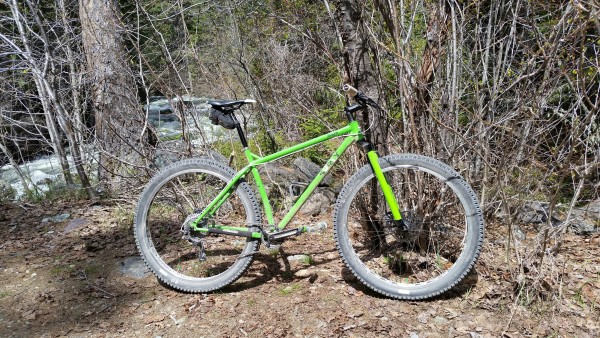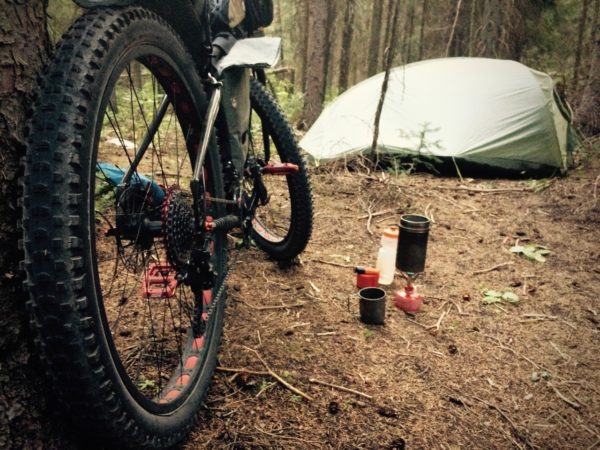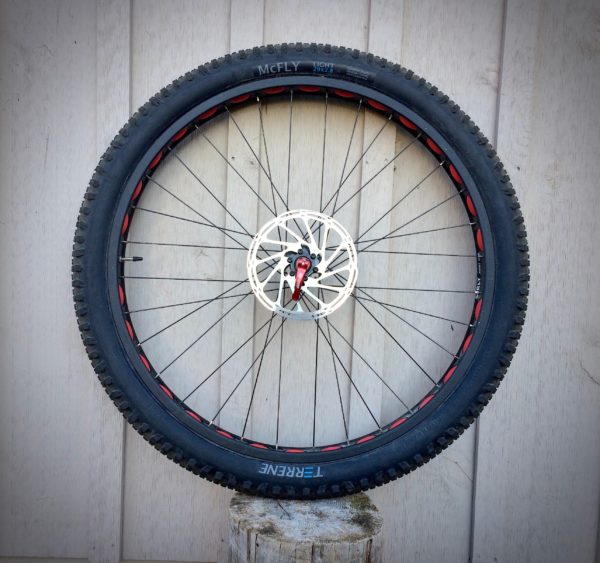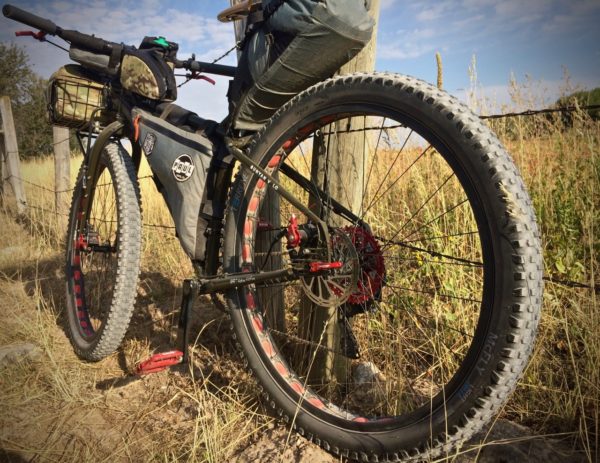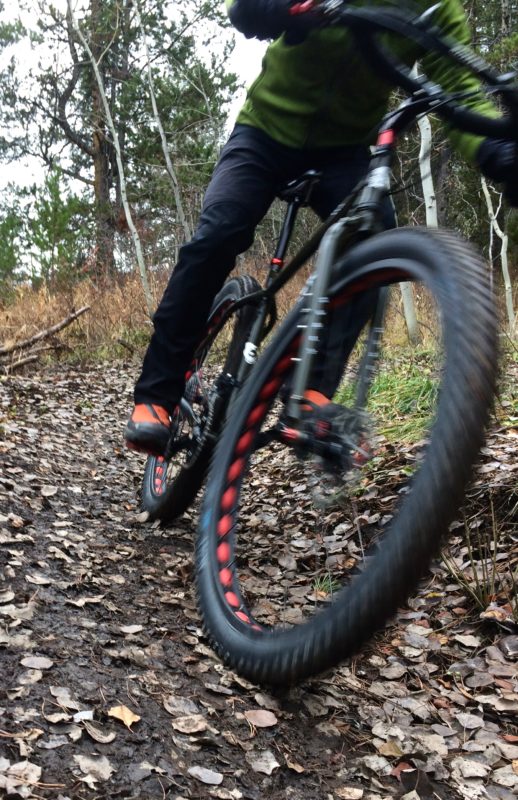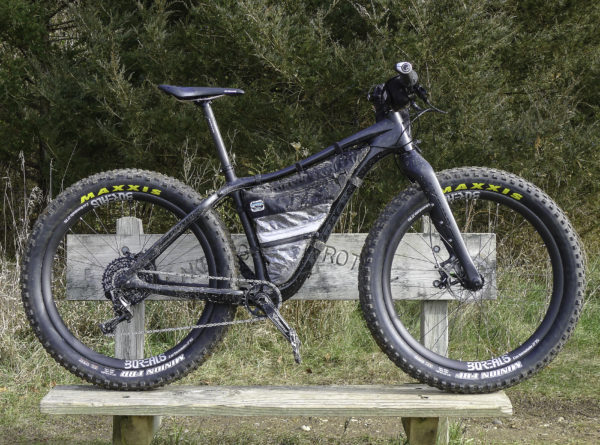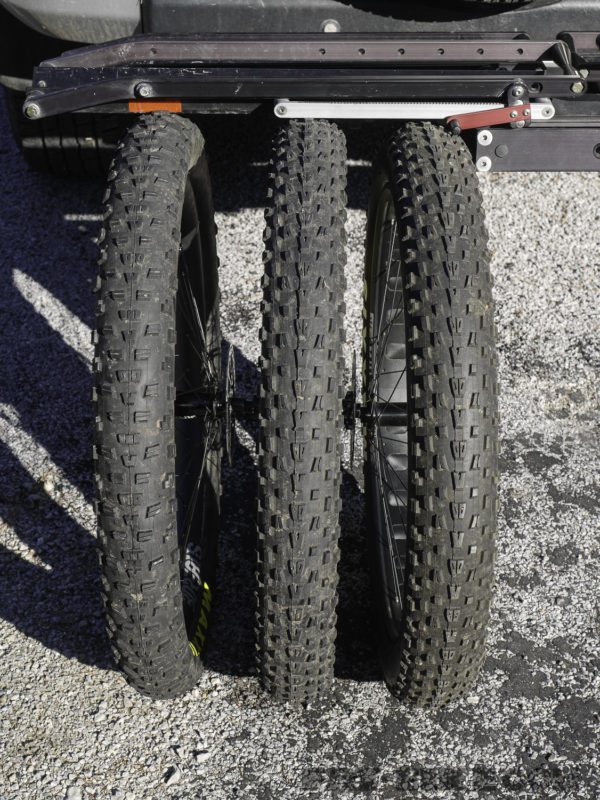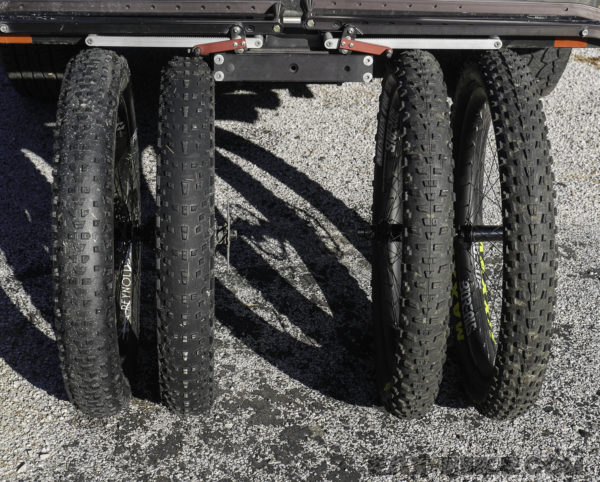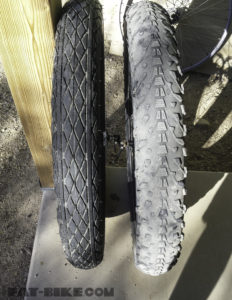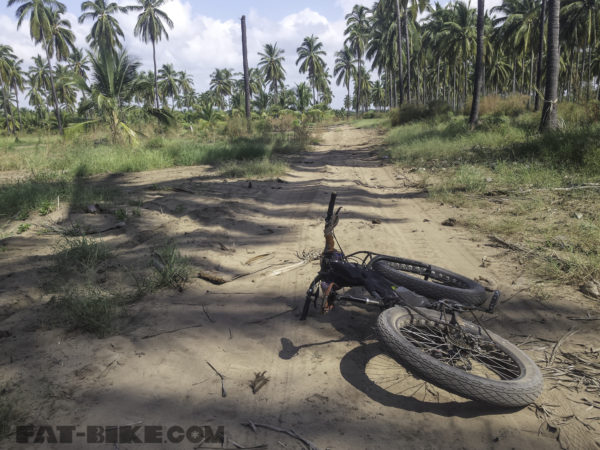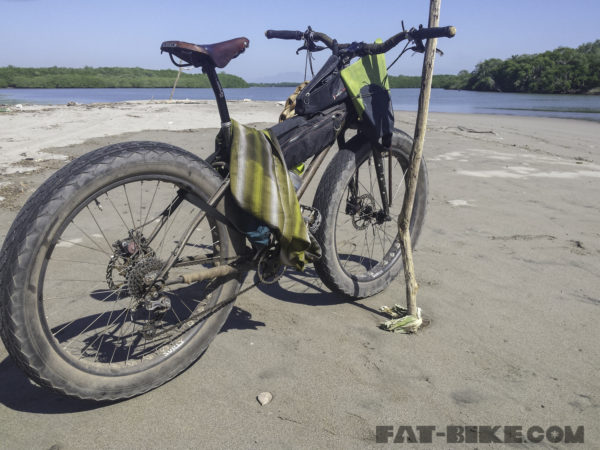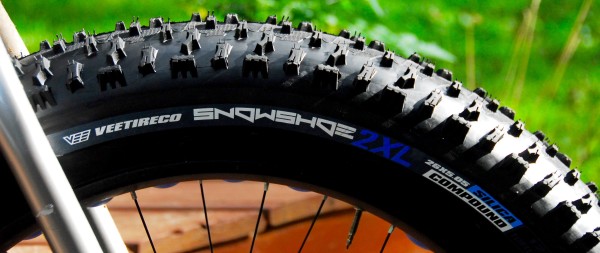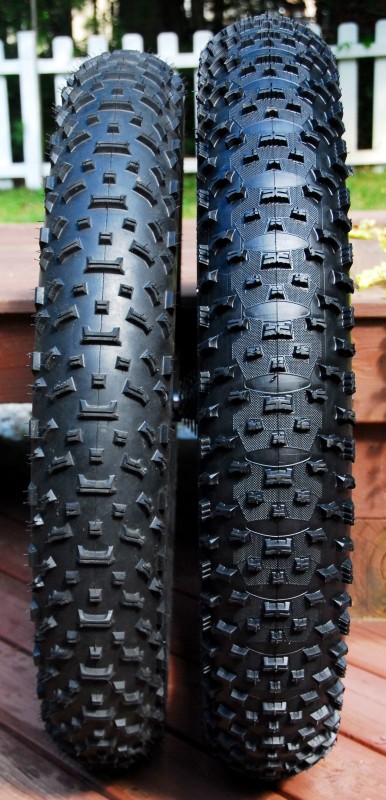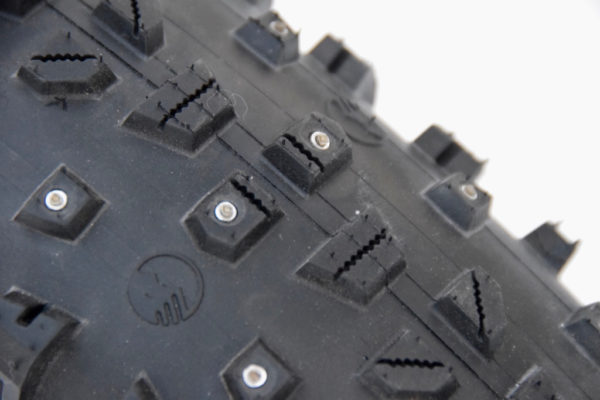Terrene Releases Newest Fat and Plus Tire Model
Bozeman, MT—August 30, 2017 — Terrene Tires announces newest model, Cake Eater, to their growing lineup of bicycle tires.
Our amigos at Terrene Tires are releasing their sixth tire model. Cake Eater is a versatile, fast-rolling, studdable fat tire. Continuing with its goal of bringing to market a complete line of bike tires, Terrene is expanding on its current lineup of mountain, gravel, and fat bike tires with the addition of a design that is lighter and faster than its aggressive predecessor, Wazia, yet still offers riders plenty of cornering power.
The Cake Eater tread design is intended to depart from the more aggressive “Wazia” model that Terrene currently has available in 26×4.0 and 26×4.6. In comparison, the fully studdable Cake Eater will feature a quicker rolling tread while still offering aggressive side knobs for plenty of cornering power.
“Inspired by studless winter vehicle snow tires, Cake Eater was designed to have lower center tread height with deep siping for lower rolling resistance and high traction with plenty of biting edges,” said Terrene tire designer Anders Broste. “Stud pockets were added in the transition areas for optional added cornering confidence in icy conditions and side lugs remain tall and edgy for biting into corners.”
Throughout its entire line, Terrene aims to simplify the tire buying process by eliminating confusion and guesswork and delivering quality tires in two effective but simplified builds available in each model. Light tires are a supple 120tpi casing, and Tough tires are a 60tpi casing with reinforcements specific to the needs of each model and the intended use case of that tire model. In addition, every single one of our tires is designed to be tubeless ready from the start.
In addition to the refined and excellent new tread and stud designs, Terrene is proud to announce that Cake Eater will also be available in a more budget-friendly studded tire option. “We always listen to our dealers, and last year we were constantly praised in helping reduce the MSRP of studded fat bike tires,” said Tim Krueger, General Manager. “They said, thank you for bringing the price down 20% on high-end studded fat bikes tires, but if we can get to $150 for a studded tire, we can reach a new segment of riders that could benefit from studded tires.” This brought about the creation of the standard Cake Eater, using a cost-effective casing, paired with aluminum/tungsten carbide studs with a flat tip that will retail for $150. As with all Terrene tires, it still retains a folding bead and is tubeless ready.
“The addition of Cake Eater has allowed us to offer fat tire riders a faster and lighter tread option that we feel is one of the best tires available on the market for winter riding,” said Tim Krueger. “And being able to bring a new price point to the world of studded fat bike tires will allow us to get more riders out in the winter with the aided traction and control of studs.”
Cake Eater will be available in a wide variety of options this fall. Slated for October, Cake Eater Light will be available with or without studs in 26×4.0 and 26×4.6 size, priced at $120 without studs and $200 with the Low Resistance Crown Stud, a version of our top performing triple point tungsten carbide stud that has reduced height for less rolling resistance. Cake Eater will also be offered in a lower-priced model using a flat-tip stud and cost-effective casing at $150 in 26×4.0 and 26×4.6. Following in early November, the Cake Eater Light will be available in 27.5×4.0 for $120 without studs and $200 with studs and 27.5×2.8 for $80 without studs and $160 with studs, all paired with our Low Resistance Crown Studs.
For more information about Terrene Tires visit – terrenetires.com























